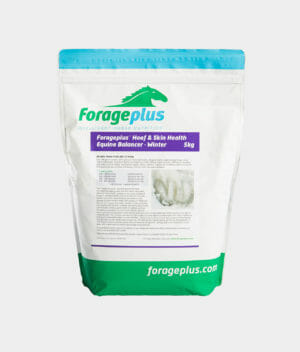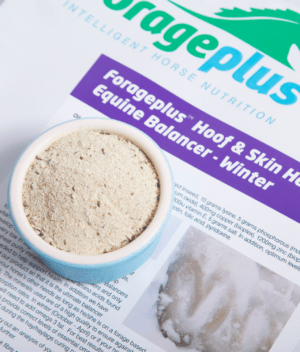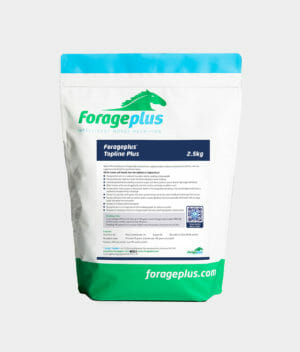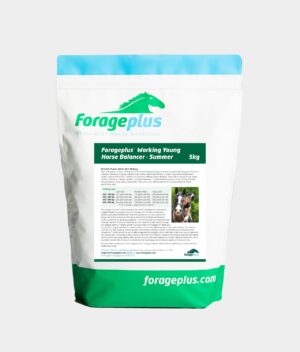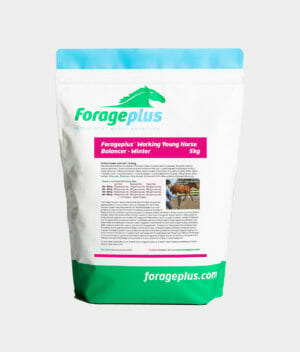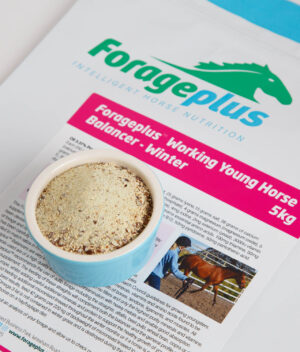Breeding Balancers
A breeding mare requires precisely balanced nutrition, matched to her forage, throughout pregnancy and lactation. Our forage-focused™ approach ensures the right balance of protein, minerals, and vitamins to support both mare and foal. Learn more below.
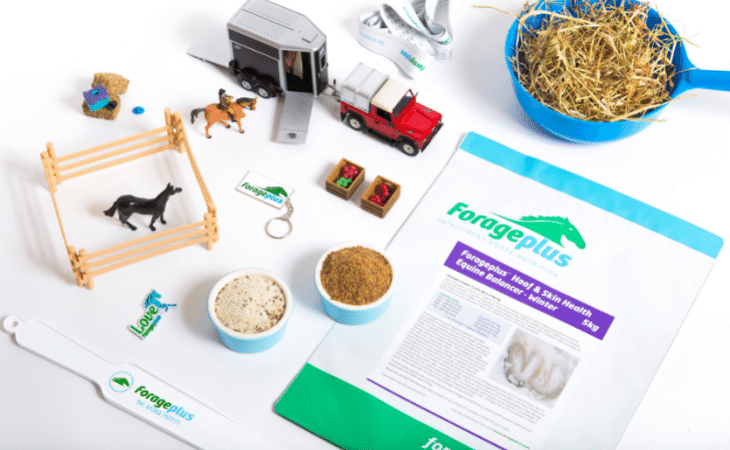
Showing all 4 results
-
£13.99 – £314.78 — or subscribe and save 5%Select options This product has multiple variants. The options may be chosen on the product page
-
£24.95 – £224.55 — or subscribe and save 5%Select options This product has multiple variants. The options may be chosen on the product page
-
£11.44 – £257.40 — or subscribe and save 5%Select options This product has multiple variants. The options may be chosen on the product page
-
£13.59 – £305.78 — or subscribe and save 5%Select options This product has multiple variants. The options may be chosen on the product page
Showing all 4 results
Supporting Optimal Nutrition for Breeding & Pregnant Mares
Providing the best start for a foal begins with the health of the mare—even before conception.
A well-balanced diet, aligned with the forage-focused™ approach, ensures essential vitamins and minerals are available throughout pregnancy and lactation, supporting both the mare and her developing foal.
At Forageplus, our breeding mare horse feed balancers are scientifically formulated to match the natural diet of horses, delivering the precise nutrition needed to promote strong foetal development, optimal milk quality, and overall reproductive health.
Why Choose Forageplus for Breeding Mare Supplements?
- Forage-Focused™ Nutrition – Designed to complement grass, hay, or haylage for optimal balance.
- Scientifically Backed Formulations – Based on thousands of forage samples tested annually, ensuring precision nutrition.
- High-Purity Minerals & Vitamins – No fillers, sugar, or starch—only premium-quality ingredients.
- Expert Guidance – Trusted by breeders and equine professionals for supporting pregnancy, foal development, and lactation.
What Feed Does a Breeding Mare Need?
Throughout pregnancy and lactation, a mare’s nutritional needs change significantly:
Early Pregnancy (First Two Trimesters)
✔️ Feed a high-quality balancer with key minerals and vitamins—our Hoof & Skin Health Balancer supports foundational nutrition.
✔️ Begin supplementation at least 6 months before conception to build mineral reserves essential for foetal development.
✔️ For mares with limited access to spring or summer grazing, add micronised linseed to provide adequate omega-3 fatty acids.
It is only in the last trimester that things need to change and cater for the increased growth of the foetus.
Last Trimester – Preparing for Foaling
Ideally, as you approach the last trimester you need to carry out a forage analysis test of the grass or hay the mare will be eating.
This means accurate feeding requirements can be determined and a breeding horse feed balancer matched to forage so that both the mare and foal can be provided with optimal nutrition throughout the pregnancy and beyond.
Deficiencies of certain nutrients and excesses of others mean that foal health can be compromised not just in the short term but into adulthood too so really knowing what is contained in the pregnant mare’s diet is crucial.
✔️ Forage Testing – Where possible, test the grass or hay to identify deficiencies and tailor supplementation.
✔️ Balanced Nutrition – If forage testing isn’t possible, we recommend feeding:
- Working Young Horse Winter Balancer (400-600kg mare: 250g/day)
- Additional essentials:
- 10g salt (table, sea, or rock salt)
- 2 x 15ml scoops Magnesium Oxide
- 1 x 10ml scoop L-Lysine
✔ Protein Boost – Protein demands rise significantly; consider adding 50-100g whey, pea protein, or Topline Plus daily.
By the time many pregnant horses get to the last trimester, they may be on spring grazing. So, as long as the mare has more than 6 hours of good grazing, then feed the Working Young Horse Summer version with the above additions included as well.
Lactating Mares – Supporting Milk Production
Continue with the above recommended balancer and additional nutrients if forage testing isn’t available.
If feeding on older, less nutritious hay, supplement with:
- 30,000 IU Vitamin A per day (available in human-grade soft gel capsules).
- Vitamin E-rich winter balancer for antioxidant support.
- Micronised Linseed (42g per 220kg body weight) to maintain omega-3 balance.
How Do We Know What a Breeding Mare Needs?
Our feeding recommendations are based on NRC guidelines and backed by statistical analysis of thousands of forage samples.
By identifying common mineral deficiencies and imbalances, we ensure mares receive the precise nutrition needed for optimal pregnancy and foal development.
Forageplus Breeding Mare Feed Balancers
All our horse feed balancers are formulated for easy mixing into your horse’s bucket feed, ensuring your mare and foal receive essential minerals and vitamins without unnecessary fillers or sugars.
✔ High-Purity Ingredients – No starch, no fillers—only essential nutrients.
✔ Precision Nutrition – Scientifically matched to forage for optimal balance.
✔ Expert Support – Need guidance? Our team is here to help with tailored feeding recommendations.
Shipping, Payments & Customer Support
✔ Fast Dispatch: Order before 1pm (UK time) on a working day for same-day shipping.
✔ Secure Payments: We accept all major credit and debit cards, plus PayPal for easy checkout.
✔ Worldwide Shipping: Reliable shipping options across the UK and internationally.
✔ Expert Support: Need help choosing the right breeding mare supplement? Contact our team for guidance.
Shop Breeding Mare Supplements Today!
Ensure your mare and foal receive the best possible nutrition. Shop our Breeding Mare Horse Feed Balancers today and support strong, healthy foal development from conception to weaning.

Find out more about feeding the pregnant mare in this article.
Feeding a Horse Feed Balancer
Want to know the best way to feed our horse feed balancers? Check out our handy video, along with the best tips here.

